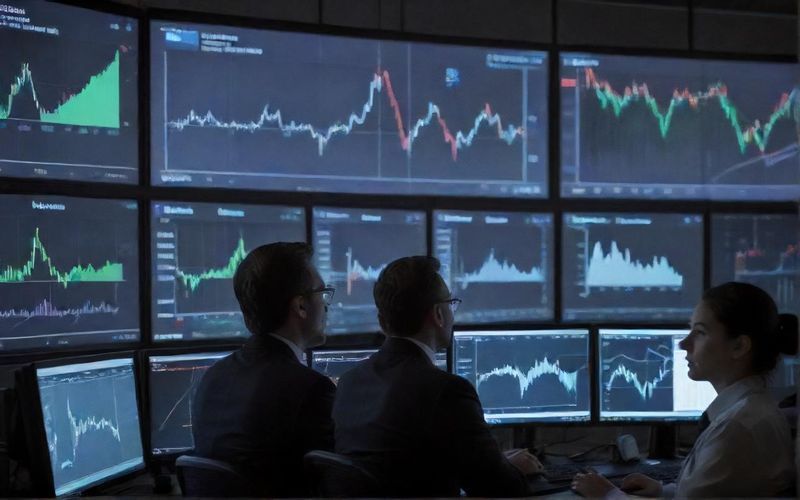Market Dips: Mixed Signals & Fed Concerns

Digging a little deeper, we find a picture painted with broad strokes of mixed economic signals. While the Nasdaq Composite and the S&P 500 managed to eke out some gains, indicating resilience in certain sectors, the broader market breadth was, frankly, abysmal. More than 400 stocks within the S&P 500 found themselves in negative territory. This means that the apparent stability of the major indices was largely an illusion, propped up by a handful of tech titans like Amazon, Nvidia, and Palantir. It’s a classic case of the few carrying the many, a phenomenon that always raises a cautious eyebrow.
The whispers of economic unease are becoming louder. Take the ISM manufacturing index, which came in weaker than expected. This isn't just a number on a report; it's a reflection of factory activity, of production lines humming, or in this case, perhaps slowing down. Coupled with an employment index that remains stubbornly below the 50-point threshold, a key indicator of contraction, it suggests that the engine of economic growth might be sputtering in certain areas.
And then there are the pronouncements from the Federal Reserve. Officials are reportedly growing "antsy" about cutting interest rates. This is a critical piece of the puzzle. When the Fed is hesitant to lower borrowing costs, it signals a concern that inflation might be rearing its head, or perhaps that the employment picture isn't as rosy as we’d like it to be. The debate itself is fascinating; the pendulum is swinging, from worries about unemployment to concerns about rising prices. The interplay of labor supply and demand, with factors like immigration affecting the former and technological advancements like AI potentially influencing the latter, creates a dynamic and often unpredictable environment.
This brings us to the volatility surrounding certain high-profile stocks, particularly in the tech sector. The dramatic plunge of Palantir stock on earnings, for instance, sent ripples through the market. It’s a poignant illustration of how individual company performance, especially for those that have seen meteoric rises, can disproportionately impact broader market sentiment. The valuations of some of these companies are, as the saying goes, sky-high, leading some prominent investors to take significant bearish positions. It's a stark reminder that past performance is never a guarantee of future success, and that even within a booming trend like artificial intelligence, there can be inherent risks and speculative bubbles waiting to burst.
So, when we ask why is the market down today, we're looking at a tapestry woven from threads of uneven economic performance, cautious central bank policy, and the inherent volatility of high-growth sectors. It’s a complex ecosystem where optimism can be quickly tempered by a dose of economic reality.
As we navigate these choppy waters, the question remains: will the underlying strength of innovation and technological advancement ultimately overcome these economic headwinds, or are we heading for a more significant recalibration?








